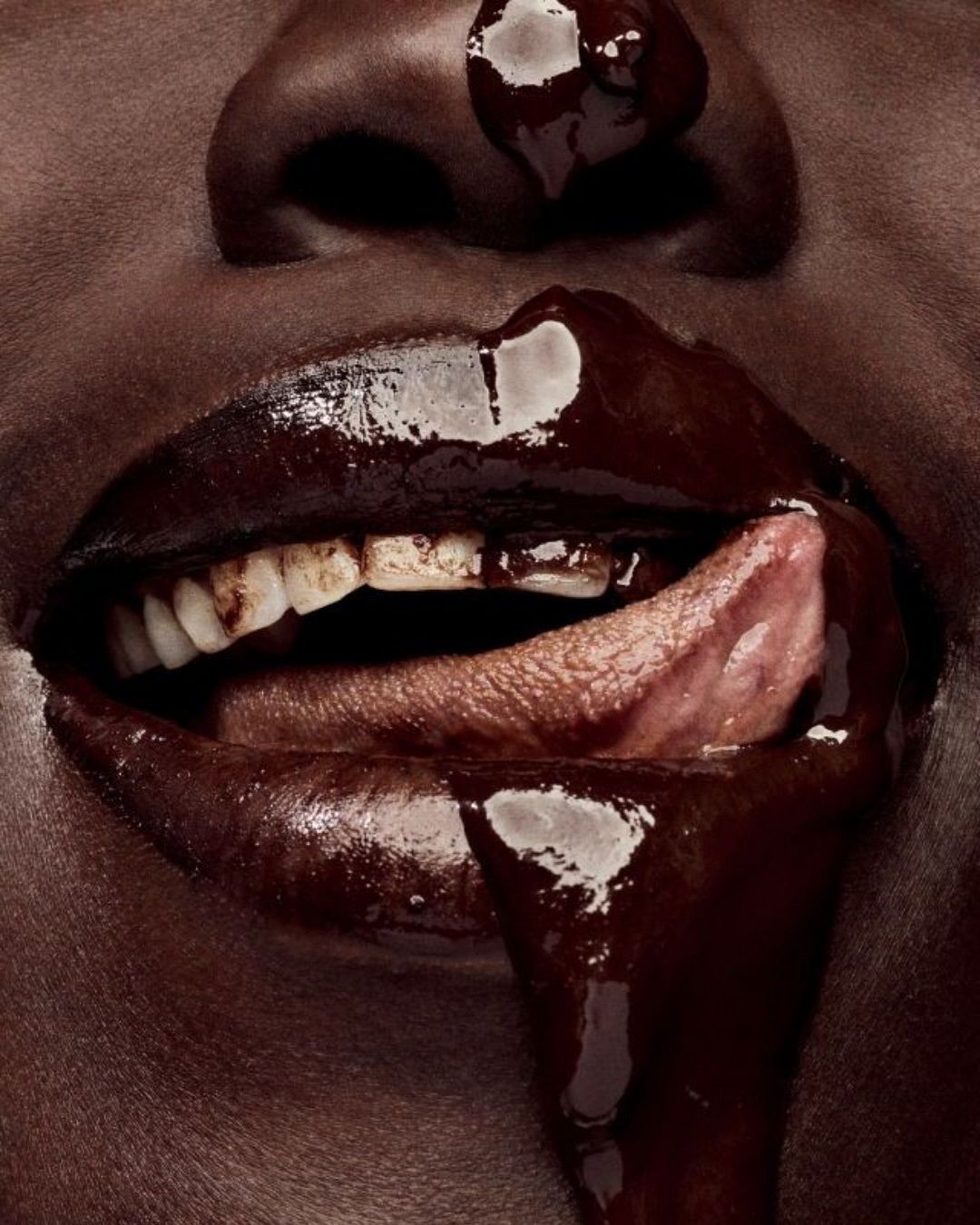
Feminine sadness online Olivia Rodrigo and Lana Del Rey teach us, we're pretty when we cry
In my second year of high school, my boyfriend of three weeks broke up with me on MSN. I cried for months because I was 15 years old. I even remember taking a picture of myself during one of the intense crying sessions. It was like a pre-selfie, with a digital camera. I wanted to see how I looked, maybe remember a broken heart that seemed, at the time, impossible to fix. I didn't delete it. A few weeks later, a classmate was scrolling through my photos and asked, "Why are you taking a picture while you're crying?" She wasn't supposed to see it. The answer was complicated. Probably a mix of wanting to remember how I felt, to pity myself a bit, to consider posting it on Facebook and then never actually doing it. In the moment, I shrugged and took the camera out of her hands.
We're pretty when we cry.
The truth is that the urge to photograph ourselves while we're suffering isn't new. In 2014, Lana Del Rey sang "I'm pretty when I cry". In 2017, at the Fondazione Prada Observatory, I saw the work of the Dutch artist Melanie Bonajo, who had photographed herself every time she cried from 2001 to 2011. An entire wall of teary photos. My friend and I joked that our teary photos would fill two or three walls each. In 2023, Olivia Rodrigo echoed the words of indie princess Del Rey in her song "all-american bitch". Specifically, the shouted verse goes: "I'm grateful all the time/ I'm sexy, and I'm kind/ I'm pretty when I cry". This song unleashed a flood - sticking with the water theme - of content about pain and female suffering on TikTok. Being a woman isn't easy. Perhaps even harder than being adult women is being young girls, searching for our place and identity, crushed by the world's expectations from all directions. Assertive, sensitive, graceful, willing to do anything to bloom and be heard, but always with a smile. We feel like we have to be delicate and perfect even in our pain, never pushy or mean or bossy. Content about girlhood and what it means to be girls, for better or worse, is becoming more predominant, reflecting how the concept of femininity is changing and how the bar of what can be shown and what we're ashamed of is shifting.
@chiicohadid The way she's SCREAMING #oliviarodrigo #guts #gutsoliviarodrigo #xyzbca #fypシ #allamericanbitch #fyp all-american bitch - Olivia Rodrigo
Content on the edge
If we add to our natural tendency to document and share our suffering - even better if it's graceful, and therefore even more displayable to the world - the general oversharing we do on social media, without any regard for the specter of a digital footprint, let alone for other human beings (be they friends, children, boyfriends and ex-boyfriends, people passing by on the street, and so on), the omelette is cooked. Our anger and sadness are content. We capture ourselves in our worst moments and show things that I, in my second year of high school, would have never shown. On one hand, once we get past the fear of being cringe, this exercise can be positive: it allows us to accept our pain and stop hiding it, to create a community and let other girls know they're not alone. On the other hand, it makes us vulnerable, perhaps too much, and turns intimate things into entertainment. Normalizing sadness is healthy, maybe selling it a bit less so. Also, pretending to be pretty all the time it's not healthy. For everyone.
@ro._bui Caus’ i’m pretty when i cry #pourtoi#foryou#prettywhenyoucry#lanadelrey original sound -
The performance of being a woman
As another trend tells us, disconnected but not too much, to be a woman is to perform. This phrase, whose origin is unclear, indicates the need for women to constantly put on a show, to look at themselves from the outside and always be appropriate for the situation, at the expense of their true identity. Obviously, it's not a conscious activity, but an unconscious habit that we've carried with us for centuries as the sad object of the male gaze and a patriarchal society. Margaret Atwood said that all women have a voyeur inside them, and it's this voyeur that pushes us to perform. This phrase, impressive for its succinctness and effectiveness, is now placed above any video of a female character or figure exposed to the public, often mistreated. The songs that accompany them are usually equally symptomatic. It could be FKA Twigs' "cellophane" or Mitski's "Class of 2013". One of the most poignant videos in this genre, for example, shows the statue of Juliet in Verona. Tradition has it that touching her right breast brings good luck in love. As a result, the statue is worn and touched every day by thousands and thousands of tourists.
A discomfort that needs to be expressed
Many female or female identifying users found something deep and touching in this evocative and decontextualized image, and rushed to the comments to express their discomfort, their tiredness, and their desire to give up. The result? A collection that breaks the heart of female sadness that wouldn't look out of place on the wall of the Fondazione Prada Observatory, and that tells us loud and clear that girls are tired of suffering in silence and smiling, and that they need spaces to scream their pain to the world. And if, in their attempt to find it, they choose some wrong way of communicating it that makes us a bit uncomfortable, maybe we could forgive them.
























































